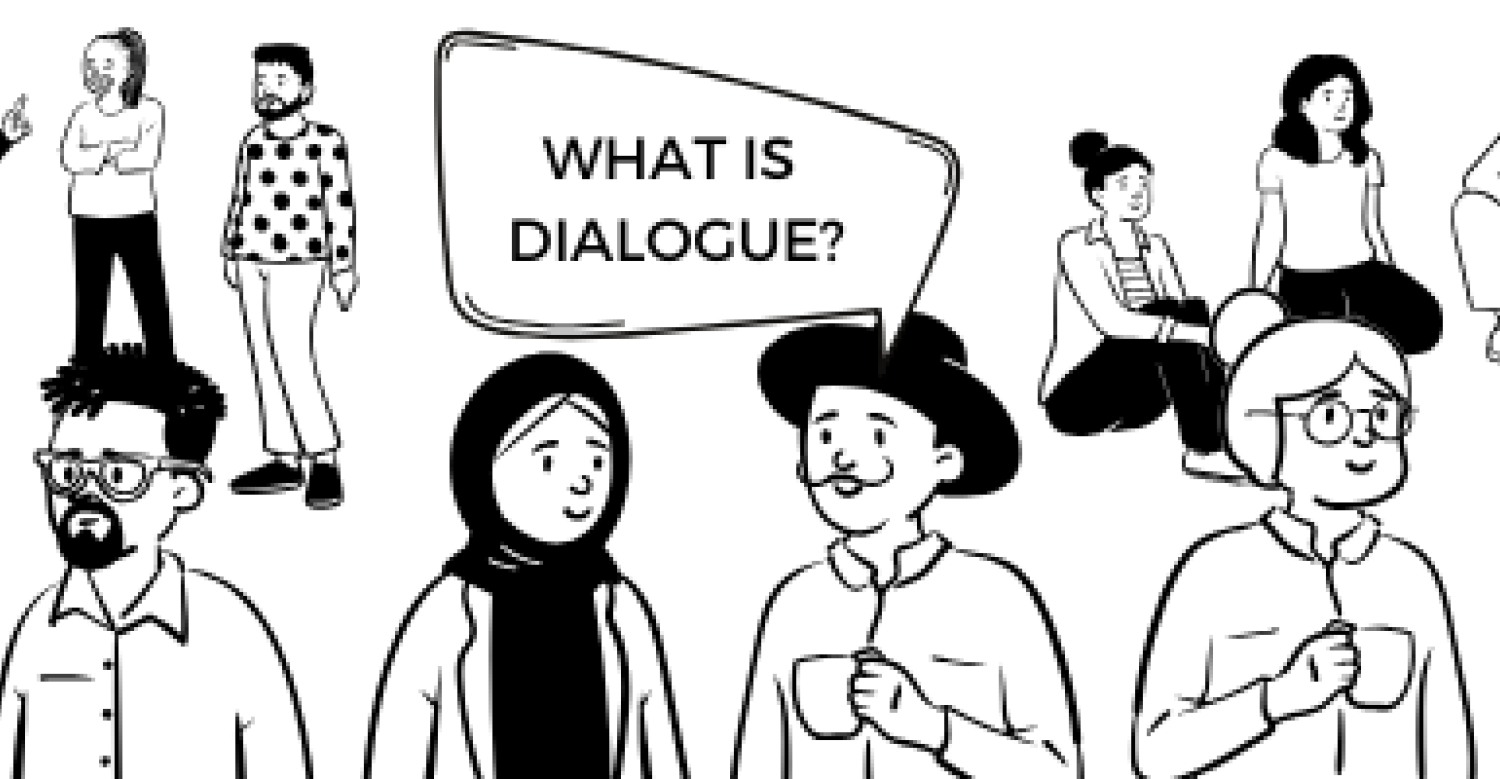
“In organizations, real power and energy is generated through relationships. The patterns of relationships and the capacities to form them are more important than tasks, functions, roles, and positions.”
― Margaret Wheatley
The Need for Change
The interconnectedness among elements has become clearer with the pandemic and the climate crisis we are all facing.
It has become evident that we can no longer view groups, teams, or organizations as merely being made up of individuals. Instead, they must be seen as sets of interconnected elements, organized to achieve something and held together by interrelationships.
Hybrid and remote working are redefining organizations, while the great resignation underscores the need for aligning individual purpose with the system’s goals. Instituting new systems and processes alone is insufficient and calls for aligning member expectations with business objectives.
The Proposed Change
Great Place to Work research indicates that:
- Trust and engagement are critical influencers.
- A system that listens impacts the culture three times more effectively in creating a great place to work.
A culture where employees can be themselves and bring their “whole” selves fosters true inclusion and a sense of belonging.
Organizations traditionally focus on individual development, which may not necessarily influence the system. To build a culture of listening and engagement, there should be opportunities for the system as a whole to be influenced.
Traditional methods must give way to inclusive methods like the whole systems approach to development and change.
The Whole Systems Approach
The whole systems approach involves applying:
- Systems thinking methods and practices to better understand and identify collective actions.
This approach shifts the mindset from an “I” to “We” perspective through:
- Collective intentions and actions.
SCI’s Approach to Whole Systems
At Systemic Coaching International (SCI), we adopt a whole systems approach embedded in:
- Generative dialogues leading to generative learnings.
- The interplay of dialogue and learning fosters the co-creation of generative actions.
This enhances:
- Ownership of intent and actions.
- Creation of the desired impact.
Building listening cultures creates a living system based on core values, allowing for exchange and alignment.
Dialogue as a Core Practice
As William Issacs says:
“Dialogue – the discipline of collective learning and inquiry, is a process for transforming the quality of conversation and the thinking that lies beneath it.”
Adopting a whole system mindset involves:
- Creating a dialogic environment through regular dialogues with all stakeholders.
- Understanding the impact of changes within and across interconnections.
Through dialogues, the larger system and sub-systems (teams) uncover:
- Mental models (paradigms/blind spots).
- Release system dynamics.
- Create shared meaning and purpose.
Benefits of the Change
In these uncertain times, with the diminishing utility of the command and control leadership system, it is valuable to:
- Harness the wisdom of the whole system to build resilience and agility.
Dialogues enable systems to:
- Go beyond individuals or weak consensus.
- Leverage diversity for sustained change.
This process enables systems to:
- Co-create shared meaning, purpose, and actions.
- Foster strong ownership and accomplish significant change.
- Begin self-organizing as a response to change.
The whole systems approach builds a culture of listening through dialogues, enhancing engagement and alignment.
Definition
Systems thinking is a method to understand how things (elements and systems) are related and influence one another within a whole.
Saraswathi G. Anand
Co-founder, SCI
